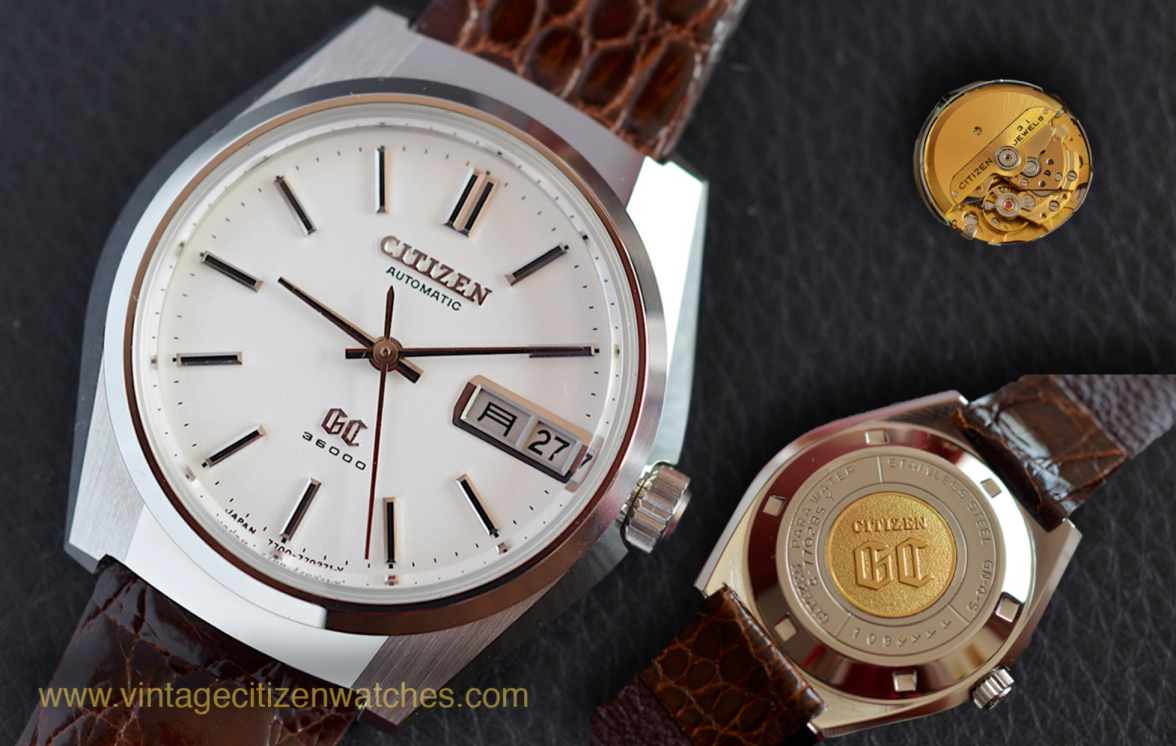dsio
··Ash @ ΩF
It's interesting to see just how much all of the Japanese specials have in common. They tend to be very limited in terms of options, usually a single dial or a couple of color variations on a single dial design at most. They also tend to be non-luminous, preferring onyx inserts especially in later years. They also tend to be larger sized, sold largely on bracelets and lastly, they tend to be very tastefully designed and extremely cool. [..]
Visit Prime Wagyu - Japan’s Final Jumbo Seamaster Chronometer to read the full article.


